SV503 80ED Review-Jim Toplicar

SV503 80ED Review-Jim Toplicar
1. Introduction
1.1 In May of 2020, Rita Hu of SVBony sent an SVBony SV503 80ED refracting telescope to Kevin Cobble, a friend of mine from the Texas Astronomical Society of Dallas, for evaluation testing and review. I had been involved in deep sky astrophotography for the past ten years, so Kevin asked me to evaluate the astro-imaging capabilities of the SV503. My imaging telescopes include a C9.25 Edge HD SCT and a SW Esprit 100 ED APO Triplet, both are premium imaging platforms costing more than US$2000. I was both curious and skeptical about the performance of an imaging telescope costing not much more than one of my premium eyepieces.
1.2 When I received the telescope, I was immediately impressed by the handsome appearance and fine finish. The SV503 has an 80mm ED doublet objective made of S-FPL51 glass. The telescope has a focal length of 560mm, so it operates at a relatively fast focal ratio of f/7.
The optical tube assembly (OTA) comes with felt-lined tube rings and a dovetail bar and rack and pinion focuser with 10:1 fine focus capability. I found the focuser to be very robust and could easily maintain focus with the additional weight of cameras, filter wheels and off axis guiders needed for astro-imaging. The OTA did not include a finder scope or star diagonal but these are not required for wide field astrophotography.
1.3 Figure 1 shows the configuration that I used for my imaging testing of the SV503 80ED. I added an Orion 60mm guide scope with a Lodestar II guide camera to the top of the tube ring assembly and attached my ZWOASI294mc-Pro one-shot color (OSC) camera to the focus tube. The ASI294mc camera has an APS-C sized sensor with a diagonal measure of 24 mm, so with the 560 mm focal length, it produces a field of view (FOV) of approximately 2.4 degrees. That FOV is large enough to capture many popular open clusters and nebulae.
I mounted the SV503 on my Celestron CGEM mount. The telescope, guided scope and cameras weigh in at approximately 7 pounds. The CGEM mount with a 40-pound payload rating is definitely overkill. This SV503 imaging configuration could easily be supported by a lighter and less expensive equatorial mount.
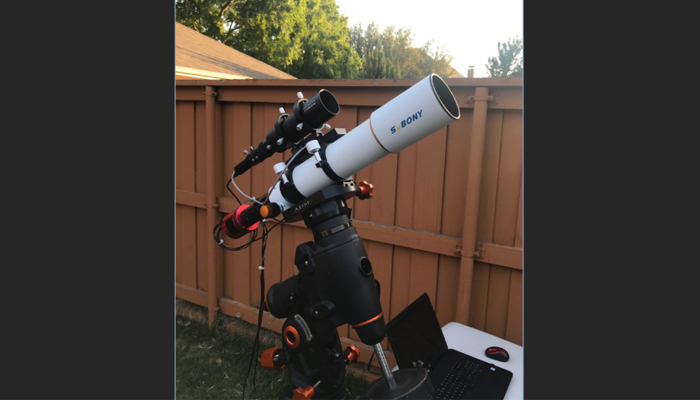
Figure 1. The Configuration Used for SV503 Imaging Evaluation
2. First Light
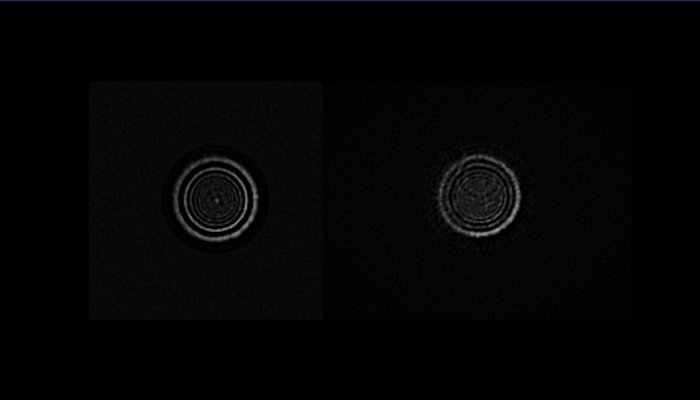
The image on the right was obtained using the Aberration Inspector Script in Pix Insight. That script produces a mosaic of enlarged images from the center, sides and corners of the NAN image to assess field curvature in the image. The shapes of the stars, especially in the corners of the NAN image indicate that the scope’s optics is not producing an optimally flat field over the camera sensor. This degree of field curvature is common in refracting telescopes without secondary optics to flatten the field.
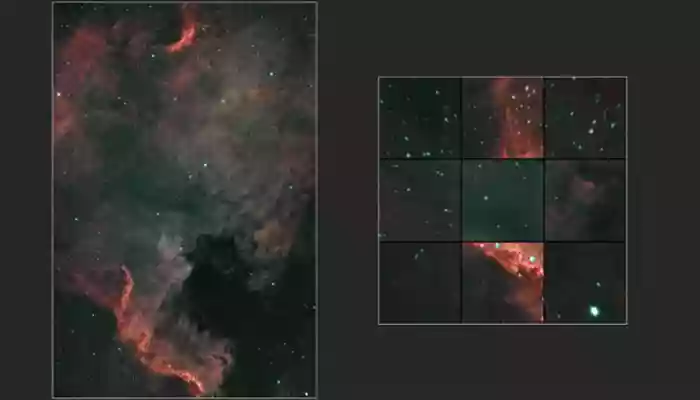
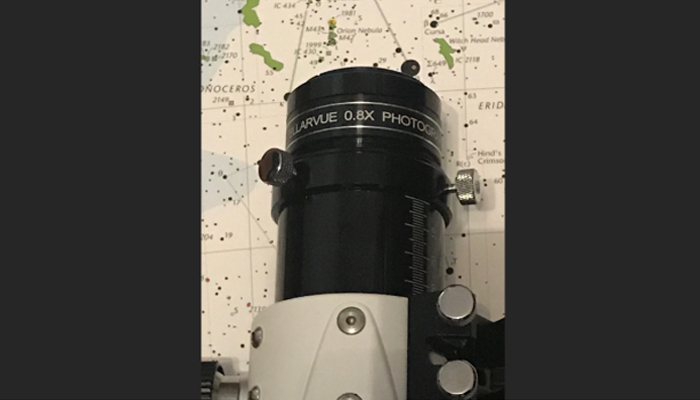
3. Testing With the 0.8x Reducer/Field Flattener
4. More Images Captured with the SV503 80ED and 0.8x SV198 R/F
The image in the upper left is a 6-panel composite showing the structures in the Milky Way near the star, Sadr in the lower right of the image and the Crescent Nebula in the upper left. This image was captured using a Ha filter with the ASI294mc OSC camera. The image on the upper right is a 6-panel composite showing the region in the constellation Cassiopeia containing the Heart and Soul nebulae. The image at the bottom of the figure is a 6-panel composite of the region in the constellation Cygnus from the bright star, Deneb to the North American Nebula. The star shapes in the individual panels are so well controlled by the R/F that it is impossible to find the seams in these composite images.
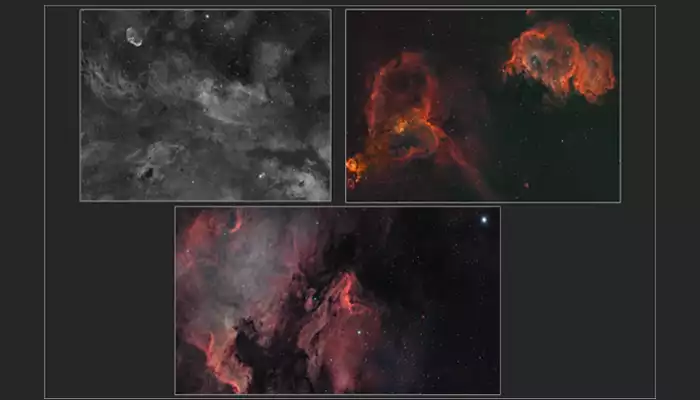
Conclusions
5.2 The SV503 80ED combined with the SV193 Reducer/Flattener offers:
a. A very capable imaging system at an attractive price point
b. Compact, well-built, attractive Optical Tube Assembly (OTA)
c. Light weight (~ 7lbs) imaging system that requires only a modest, low-cost equatorial mount
d. A wide field of view that accommodates most deep-sky objects
e. Near textbook star images over an ASP-C sized sensor
f. Fast f/5.6 focal ratio for shorter overall exposure times
5.3 I am very happy with the performance of my SV503 80ED with the 0.8X reducer/flattener. If such a fast, high performing, light weight imaging system was available ten years ago, it would have saved me a lot of false starts and frustration with this hobby. But as they say “better late than never”. Today, I am a satisfied customer.
Thanks for your watching.








